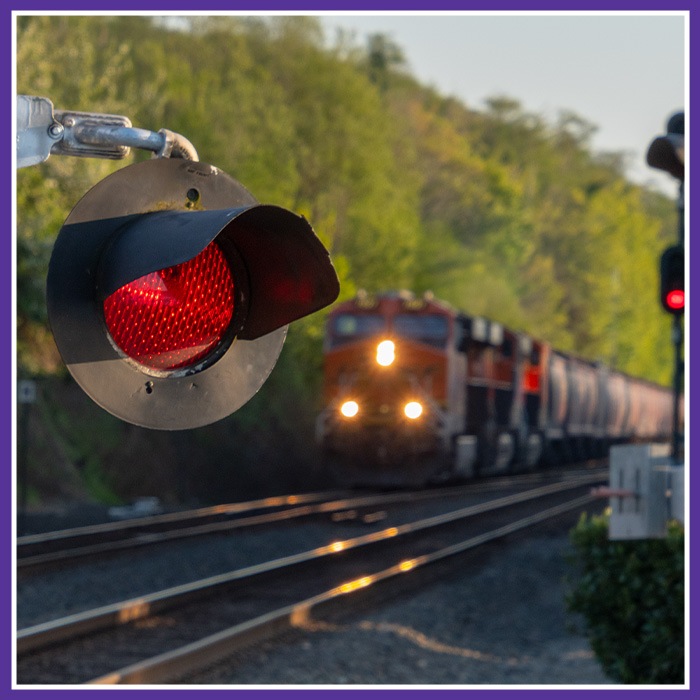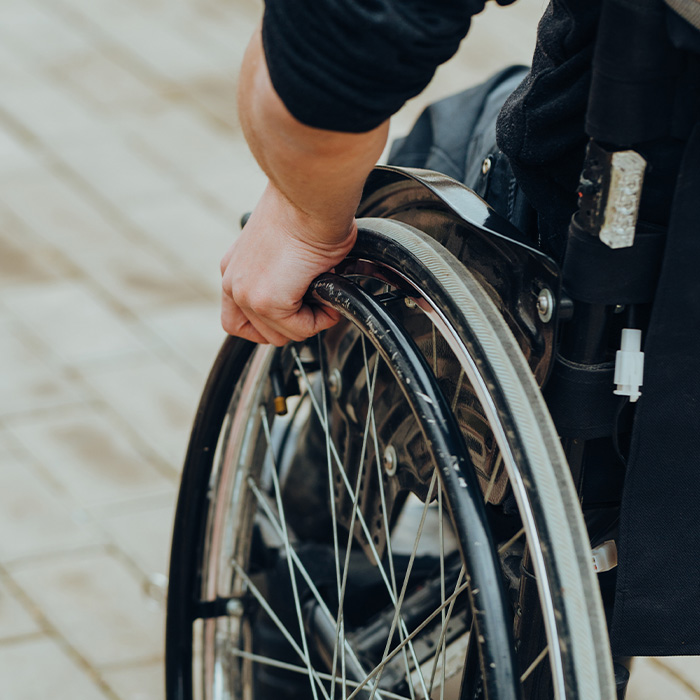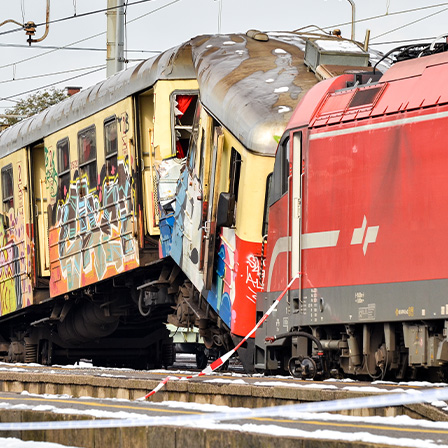
National Train Accident Lawyer
Fighting for Justice & Safer Railroads Nationwide
At Pottroff & Karlin, we do more than represent clients—we pursue justice with a purpose. As the only law firm in the nation dedicating over 90% of its caseload to railroad-related accidents, we have built a national reputation for handling some of the country's most complex and high-stakes train accident cases.
From our base in Manhattan, Kansas, we work with individuals and families across the U.S. who have been wronged by railroad companies and injured by preventable train accidents.
Whether you or a loved one has been involved in a train-car collision, derailment, pedestrian-train accident, or other railroad incident, we are here to help. Our team brings deep legal experience, a relentless drive for innovation, and a higher mission—to improve public safety through the legal system, one case at a time.
Schedule a free initial consultation with a national train accident attorney at Pottroff & Karlin. Call (785) 453-3109 or complete our online contact form for an office, phone, or virtual appointment. Hablamos español.


What We Handle
Learn more about our work with train accidents and catastrophic injuries.
-
“Integrity”
“In addition to his substantive contributions to railroad grade crossing safety, I have personally observed his untiring efforts and contributions to improving the integrity of the legal system.”- Elizabeth Hardy -
“Beyond Belief”
“His knowledge of the rail industry and his willingness to share his knowledge with other people who do railroad work is beyond belief to me.”- Mike Bee -
“Given Hope”
“Through his efforts, he has single-handedly given hope to victims who are injured or killed as a result of dangerous railroad crossings”- Donald Vasos -
“Impressed”
“Nathan is a warrior fighting the railroads.”- Jonathon (Jon) C. Clark -
“Excellent Results”
“Nathan Karlin has my strongest endorsement in the field of railroad crossing cases and personal injury law.”- Joseph M. Miller -
“Would Recommend Without Hesitation”
“In each case, Nathan always possessed an incredible knowledge of the law and the facts, possessed a great talent for aggressive – strategic legal planning and trial tactics while, at the same time, displaying great skill as an effective negotiator.”- Scott McCluen -
“First Call is Nathan's Firm”
“Nathan’s knowledge and experience in handling and trying cases against these litigation savvy railroad companies gives me the confidence to know that the clients and cases I refer to him are getting the best of the best.”- James Perrin -
“Hard-Working”
“The staff is helpful, professional, and responsive.”- Tracy D.


Resources That Can Help
-
Explore Resources We've SharedVisit the websites most frequently used by our clients and legal team.View Library
-
See Our Case OutcomesLearn more about the results we’ve achieved in catastrophic and railroad injury cases.View Case Results
-
Read Our Legal PublicationsBrowse articles and insights we've published on railroad safety and litigation.Explore Publications
-
Understand Railroad Laws by StateUse our map tool to learn how crossing laws vary across the U.S.Launch Map
-
Stay Informed with Our BlogGet updates on legal trends, safety issues, and firm news.Read the Blog
-
Have Questions?We have answers.Read our FAQ
-
Accidents in The USCheck out recent train accidents across the US.Load Map
Why Train Accident Victims Choose Pottroff & Karlin
Train accidents are life-altering. The force of a train colliding with a vehicle or a pedestrian can be devastating, leaving victims with catastrophic injuries or worse. In these moments, you need more than a lawyer; you need a team with a national reach, proven results, and an unwavering commitment to your cause.
Our attorney is nationally recognized for taking on railroad companies that deny responsibility and delay justice. Our work has earned the trust of referring attorneys, former clients, and professionals nationwide.
Attorney Nathan Karlin has been rated AV-Preeminent® by Martindale-Hubbell®, the nation’s leading legal directory. This designation signifies the highest level of professional excellence for exceptional legal ability and ethical standards.
When you choose us, you get:
- A law firm that focuses almost exclusively on train accidents
- Free consultations, including virtual appointments for your convenience
- Legal services in Spanish, allowing access to justice for more families
- Representation that does not settle for less; we are prepared to go to trial
- A team that is both approachable and driven by purpose
Making Railroads Safer for Everyone
Nearly 3,000 people are involved in train-related accidents yearly, many of which could be prevented with proper safety measures. Pottroff & Karlin does not just fight for victims. We advocate for lasting, systemic change. We call on the railroad industry to stop ignoring public safety and implement basic engineering and systems safety principles.
From defective railroad crossings to dangerous track conditions and poorly maintained equipment, we work relentlessly to expose negligence and force change. Our legal actions are designed not only to help victims recover but also to hold railroad companies accountable and improve public safety.
If you have been injured in a train-related accident, do not face the legal battle alone. Railroad litigation is highly complex and often aggressively defended. You deserve representation from a firm with unmatched knowledge in this field and a track record of success.
Discuss your case with a national train accident attorney today. Call our office at (785) 453-3109 or contact us online for advice and guidance.


.2506250842194.png)
.2506261042099.png)


.2506250835483.png)



